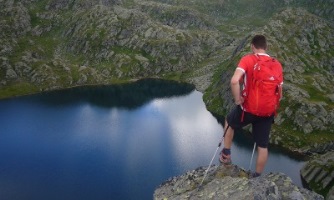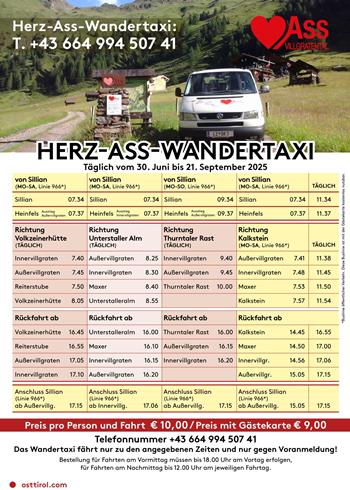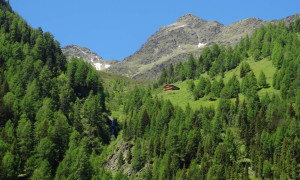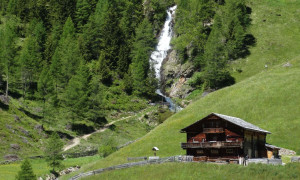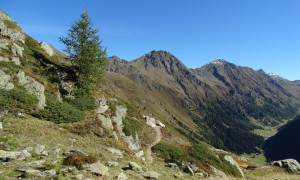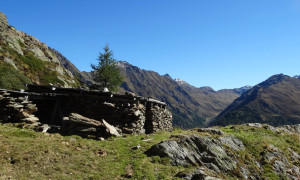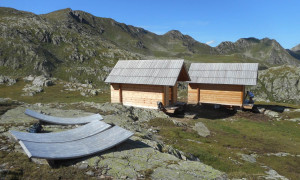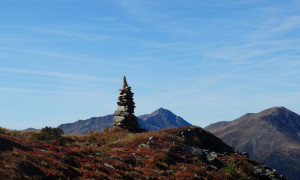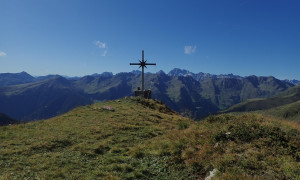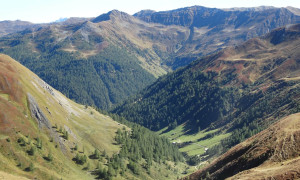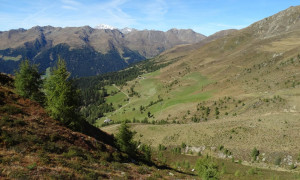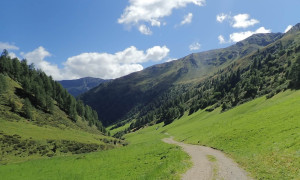 Stage 4: Over the yokes
Stage 4: Over the yokes
From the Unterstalleralm in the Arntal to the Badl Alm in Kalkstein
Walking time 5 hours - moderate hiking
- 12,6km walking distance
- 1180 ascent altitude
- 1210 descent altitude
- lowest point: 1.639m - Badl Alm, Kalkstein (goal)
- highest point: 2.644m - Heimwaldjöchl
About smugglers' and shepherds' paths
Through mountain meadows cultivated for centuries, along old shepherd and cattle trails with strange field names, the hiker, even before reaching the first pass, enters a rocky and rugged mountain landscape, with the Schwarzsee lake in the middle, like a dark pearl, a place to linger. Once you've bypassed or climbed the Riepenspitze (2.774 m), a sweeping view opens up above the Heimwaldjöchle (2.644 m) to the south, to South Tyrol and its famous Dolomites, which accompany the hike from here until the end.
Here again we follow ancient shepherd, hiking and smuggler trails, which tell us that people used to travel not down in the valley but high up in the mountains.
The personal trump card in the game is the 2.774 m high Riepenspitze.
Description
Our hike takes us from the Unterstalleralm up along trail no. 15, initially through forest and mountain pine fields, later over stony pastures and partly rocky terrain, climbing quite steeply up towards the Schwarzsee, which rests in a deep rock basin (according to legend, a silver treasure is hidden at the bottom of the lake). On the northern shore of the Schwarzsee, trail no. 12 then leads us over gentle terrain into gorges and gullies and over ridges on the eastern side of the Riepenspitze, climbing steeply in serpentines up to the Heimwaldjöchl (2,644 m). From here, the trail descends through scattered rock debris and over overgrown moraines to the thin Köflerbachl stream. Later, we reach a small and a large cairn, standing like sentinels. Along the eastern edge of the Geilspitze, we cross the grassy slopes and reach the Kalksteiner Jöchl (2.325 m). The Kalksteiner Törl deserves a longer rest in every respect: Surrounded by a colorful alpine flora that would delight the heart of any botanist, the view over mountains and valleys (Roßtal, Gsieser Tal, etc.) is exquisitely beautiful. Descend over gentle meadow grass into the Roßtal via the hiking trail and continue along the alpine path to Kalkstein, where you can stay overnight at the Alpenpension Bad Kalkstein.
Trump variant
- additional climb to Riepenspitze 2.744m
- difficult mountain tour - 8 hours walking time
- from the summit, return a bit along the same path and then turn right to trail 12
- 13,4km walking distance
- 1340 ascent altitude
- 1370 descent altitude
- lowest point: 1.639m - Badl Alm, Kalkstein (goal)
- highest point: 2.744m - Riepenspitze

Tourismusinformation Villgratental
+43 50 212 340
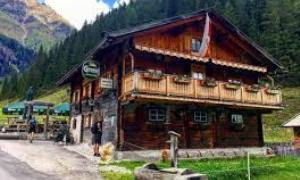
Unterstaller Alm
01.07.2025 - 26.10.2025
keine Übernachtungsmöglichkeit
asphaltierte Mautstraße
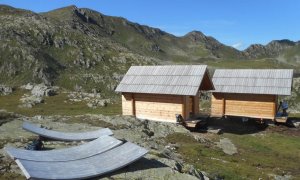
Biwakschachteln am Schwarzsee
Übernachtung: ja, Selbstversorgung
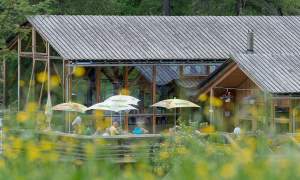
Badl-Alm Kalkstein
+43 4843 20026
+43 650 2336589
Montag Ruhetag
keine Übernachtungsmöglichkeit
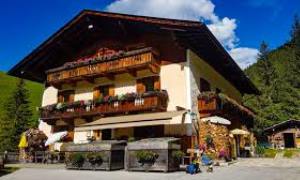
Alpenpension Kalkstein
+43 4843 5346
Übernachtung: ja
The Treasure Walls (Rotspitze near Oberstalleralm)
'Where did that powerful Tenigl get all that money from?' the people of Villgraten wondered when one day the poor little farmer acquired land on the lower Lahnberg and began to build. Tenigl, who lived in a miserable hut constantly exposed to mudslides, owned only a cow, a goat, and a small patch of meadowland. Now his fortune had turned. Ignoring the curious questions of his neighbors, he hired craftsmen from the Sillianberg and diligently set about building, so that in a short time the people of Villgraten saw a smart, well-built firehouse built, to which Tenigl added a large, wooden feed house. Forest, fields, and livestock were purchased, and finally, a wedding took place. His wife bore him two sons who, raised modestly and in the fear of God, promised to become capable farmers. Tenigl's wealth seemed inexhaustible. One day, when he called at the chapter house in Innichen on business, he allowed himself the joke of asking the chapter bailiff how much he would ask for the Villgraten tithe, as he was willing to buy it. The bailiff, who had a sense of humor but was not at all considering selling such a lucrative income, called it a very high sum and set the condition that the money be paid to him within 24 hours, otherwise Tenigl would have to pay a hefty fine. Firstly, things turned out differently, and secondly, the chapter bailiff slumped speechless in his upholstered chair when, before the agreed time, Tenigl appeared and counted the hard ducats onto the table. Since the bailiff had considered the whole thing a joke, he now found himself in a terrible embarrassment, as it was now his turn to pay the fine. The monastery had no intention of selling the Villgraten tithe, and they agreed to exempt Tenigl and his heirs from all taxes on his farm for all eternity, which he would then be entitled to withhold from trade. Another beautiful autumn came to an end. But Tenigl, the king, lay dying in his barracks in Oberstaller. He had never spoken to anyone about the source of his wealth; now, as his most valuable legacy, he intended to show his two sons the location of the gold in the 'Reate' and asked them to place him on a stretcher and carry him into the treasury. They obeyed their gravely ill father's wish, but death met them in the Milate larch, and Tenigl breathed his last. He took his secret with him to the grave—hadn't he thereby performed the greatest act of kindness to his hardworking sons?
The Villgraten stream had brought much water to the Drau since that incident when the valley's inhabitants repeatedly saw the so-called 'Black Philip', a wild vagrant whose origins remained shrouded in mystery, climbing to the treasure walls from which he returned heavily laden. It is assumed that he had rediscovered that vein of gold.

